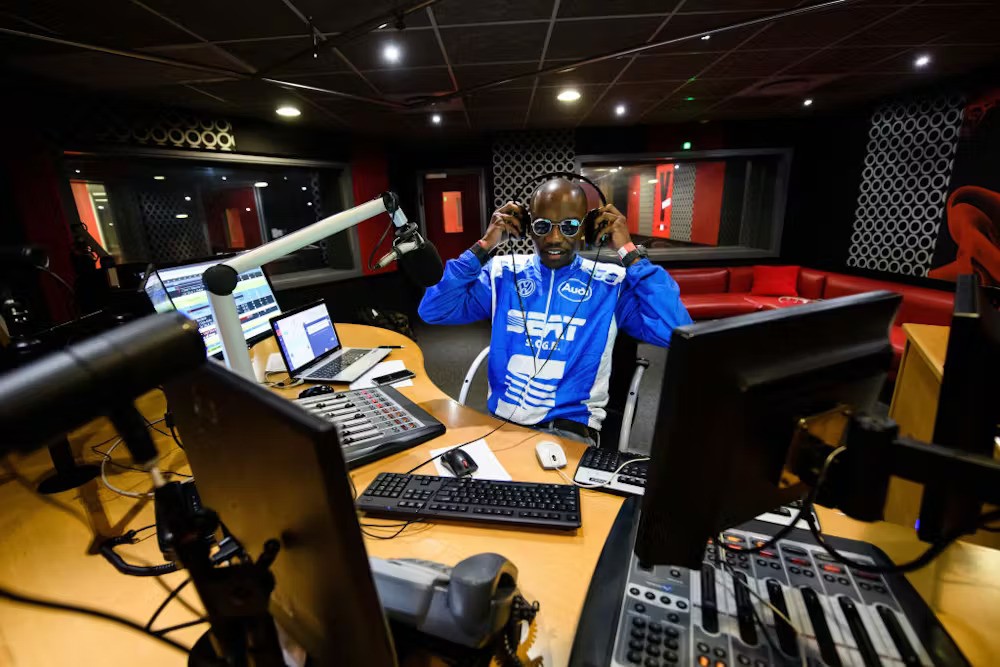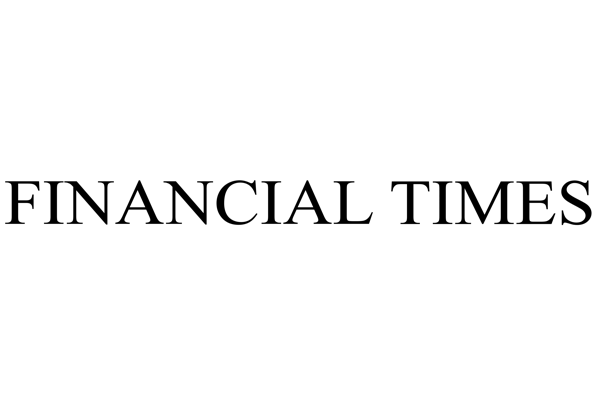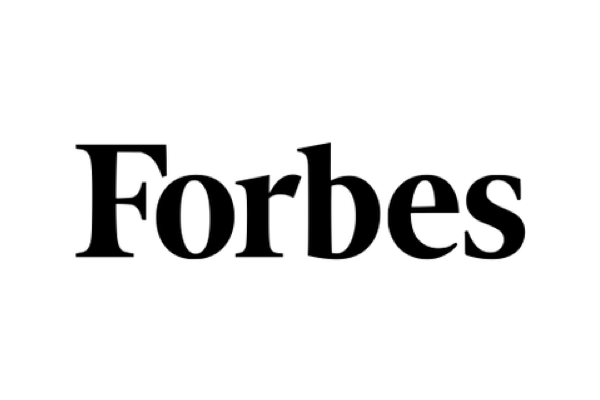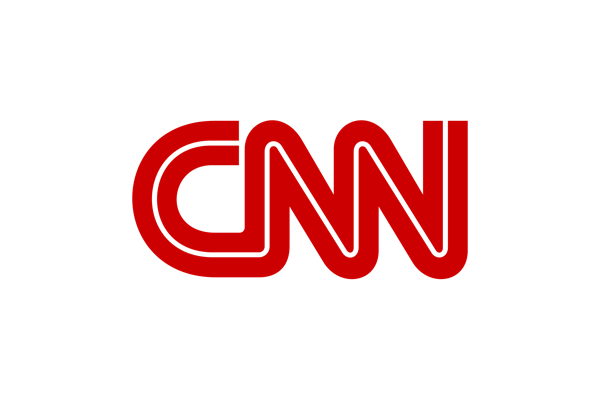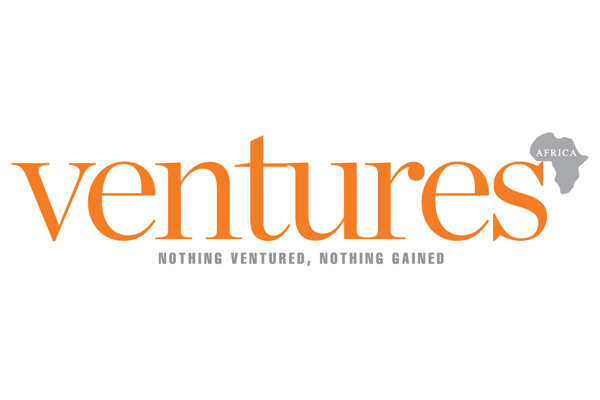It’s no longer news to businesses worldwide that their audience is online and that they need to reach them there. For traditional businesses, this might mean threading new waters as skills built to navigate the corresponding traditional media might become obsolete, while for generation businesses with tech-savvy operators might not value traditional media as a way of speaking to their customers. This can lead to a siloed approach to public relations (PR) that might leave gaps in a company’s communication and could easily lead to loss of reputation, followership and patronage from audience members.
Digital media refers to content that is created and distributed through the internet and they include social media, blogs, e-books, emails, and podcasts. Traditional media, also called legacy media, are mass media institutions that dominated the media industry before the transition into the internet age; they include radio, television and print media. The key difference between these two types of media is speed and reach; digital media can reach a large number of people within a shorter period. Although legacy media as the name implies ranks higher in terms of credibility, especially during a rise in misinformation and disinformation globally. Digital ads accounted for 72% of ad spending worldwide, to the tune of $790 billion in 2024, but smart marketers and businesses still patronise traditional media because it remains very effective and important in its own right. There are many reasons for this and we would go into more detail in this article.
Credibility
Just 30 years ago, media used to have the power to set the tone of the day, news sources per country were limited to a few thousand newspapers, magazines, radio and television stations that existed. This scarcity meant that your name appearing on your local newspaper’s page or being mentioned on the radio was a huge deal and a solid push for your reputation. The internet and social media disrupted that scarcity, expanding the number of reputable sources to millions and billions – for good and for bad. Despite this, traditional media’s important role as a sturdy foundation for a brand’s reputation stands true. There are still business gains to be enjoyed when you secure a feature in a respected newspaper or industry magazine as it lends credibility to your business.
Particularly, traditional media plays a huge part in establishing credibility in the face of government agencies and regulators. Unsurprisingly, most traditional media have long standing relationships with government agencies which makes it easy to ascribe credibility and sometimes competence. Digital PR’s precision and measurement capabilities merge with its ability for scale.
Meeting audience members at their doorstep
In many parts of Africa, traditional media have a massive reach that holds sway with a huge chunk of audience members, particularly older people, brick-and-mortar businesses, government agencies and large corporations. It is estimated that radio listenership stands at between 60% and 80% of the 1.4 billion living on the continent. In Nigeria, 60% still rely on television as their news source. 75% of South Africans listen to radio 15 times weekly, with an average daily time spent listening of five hours and 12 minutes, according to data from the Radio Audience Measurement (Rams) conducted by the Broadcast Research Council of South Africa’s (BRC), a South African government agency. In Kenya, radio and television remain the major news sources, with 80% relying on radio for their media consumption.
Multimedia campaigns are just better
Moreover, a multimedia campaign rakes in the advantages of different media channels to create an opportunity for maximising each one of them. Using multimedia campaigns helps you reach your target audience with the appropriate messaging for each media, creating a long tail of uniform company branding.
According to market data consultancy company, Kantar, campaigns are seven times more impactful when consumers are receptive to the context. By tailoring your messaging for the different media, it raises your chances of your messaging being received by the consumer.
It is also important to note that news readers are accessing traditional media and digital media are almost the same frequency every week, with some traditional media’s digital products featuring on the news reader’s diet.
Smart marketers don’t undervalue traditional media’s audience impression and reach
When establishing a presence locally, or announcing the launch of your product locally and targeting older audiences, traditional media is your best bet. Print media’s storied legacy, for example, makes it a prime channel for highly interested and engaged readers. Print ads have a 79% chance of getting looked at, compared to digital ads at 21%; print ads continue to make actual impressions on readers, who look at them longer than digital ads, advertising firm, Lumen data shows.
What happens when you combine traditional and digital media well and how to do it well?
- Integrate traditional and digital placement: A successful feature in a print publication can be amplified through social media, blog posts, and email newsletters, extending its reach and impact.
- Drive traffic to your digital platform using traditional media: Traditional PR efforts can drive traffic to your website through links in online articles and mentions in print publications. Digital PR can further enhance SEO and drive relevant traffic.
- Build a reputation for greater online presence: Building a good reputation on digital platforms can make it easier to secure partnerships with digital influencers, especially the cautious ones; traditional placement can serve as social proof when approaching influencers and other digital companies who might want to see something beyond a website or blog post.
- Multichannel means multi audiences- these days a lot of traditional media companies also have online platforms which means your content is exposed to two distinct and sometimes overlapping audiences. This means those who didn’t see it when it originally aired or was printed get the chance to access it online or during a search.
- Creating a Consistent Brand Message: Integrating traditional and digital PR ensures a consistent brand message across all platforms, reinforcing your brand identity and building trust.
Image Credit: Leon Neal/Getty Images

